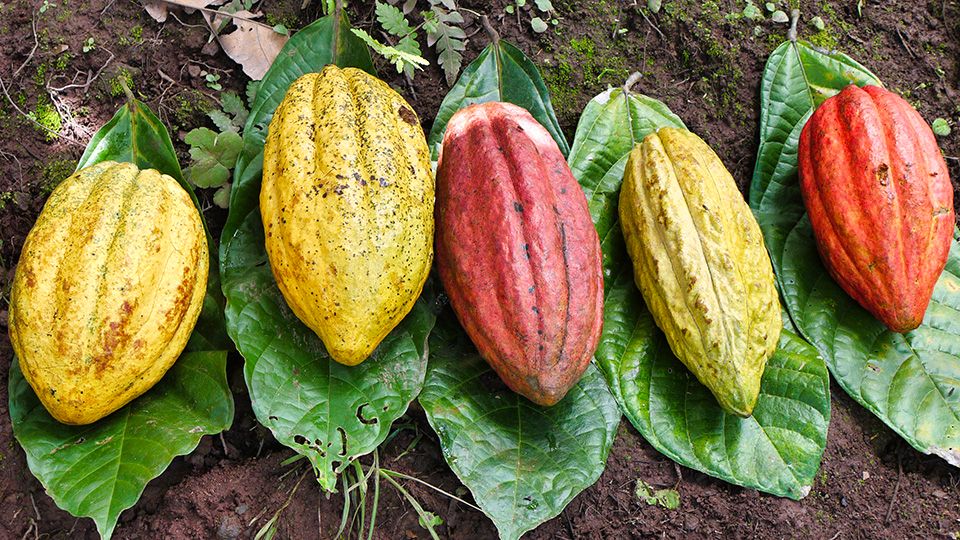Does Nacional Make Four?

Taking on misconceptions about cocoa and chocolate, one topic at a time.
The common conception is there are three types of cocoa beans, Forastero, Criollo, and Trinitario. Nacional is sometimes suggested as a fourth type. While Nacional has a better claim for a fourth type than “Ruby” does, it turns out this widely-touted trio is ... incomplete.
Our understanding of cacao genetics shifted seismically in 2008 with the publication of the paper Geographic and Genetic Population Differentiation of the Amazonian Chocolate Tree (Theobroma cacao L) by Juan Carlos Motamayor et al on PLOS ONE, finding ten distinct genetic varieties.
All varieties of cacao, whether naturally occurring or hybridized by humans, fit into two “structure groups” – Forastero (provably of S Americas origin) and Criollo (likely originating in Mesoamerica).

The terms Forastero and Criollo were adopted hundreds of years before any understanding of the genetics involved. They are linguistic labels, not scientific labels, vestigial remains of Spanish colonialism/economic imperialism.
- Criollo can be translated as from here – as in comida tipica y criolla – or typical native food. In other words, the beans that came from what we know call Mexico where the conquistadores first landed. Criollo, which genetically refers to a structure group, is also used linguistically to mean “the trees my grandfather grew.” In this sense, a more accurate term might be abuelos (or abuelitos), and it needs careful disambiguation as lots of farmers claiming to grow criollos are, in fact, growing abuelos.
- Forastero can be translated as foreign – as in beans from S America, where, in an ironic twist lost on almost everyone, cacao originated.
- Trinitario refers to the island of Trinidad where the first “official” Trinitario hybrids were observed and named, even though most “Trinitarios” do not come from Trinidad.
- Nacional means “national,” so a more direct reference to geography than genetics.
- Ruby is a marketing term for any variety of cocoa beans that has a specific chemical profile that means it can be processed into Ruby chocolate. Ruby is not a genetically distinct variety. “Ruby beans” can even be CCN-51.
😱
In Closing
While Motamayor’s research expanded the canonical three types of beans to ten in two main groups, continued research since 2008 has revealed more, and there is no way to know how many genetically distinct varieties actually exist in nature. 12? 15? 42?
I hope the answer is 42. That would be epically poetic – and not of the Vogon variety.
The cocoa and chocolate industries have spent millions upon untold millions of dollars marketing the idea that there are only three types of beans (you need to worry about) and that two are special and one is not – paralleling the robusta vs arabica dichotomy in coffee. It would be money wasted, at this time, to even begin to try to change the average member of the chocolate-consuming public’s understanding of what these words mean.
However, as professionals and aficionados, we owe it to ourselves – and to those who ask – to know and communicate the reality.
